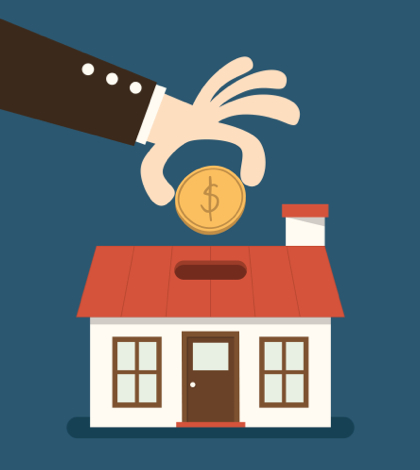The supply of affordable homes in more populated areas is getting smaller, so investors are starting to work the suburbs and other outlying markets. None of that means the practice is going away, however.
Home flipping, the practice of buying a house to sell or rent it rather than live in it, is apparently leaving town.
With the supply of affordable homes in more populated urban areas dwindling, investment buyers are changing their strategy. They’re buying single-family homes in rural markets, where the better deals are and houses are more plentiful, the California Association of Realtors has found.
This year, 45 percent of the state’s investment buyers have bought houses in Sacramento, Kern, San Joaquin, Fresno and Tulare counties, up from 27 percent in 2013, according to the association’s survey of investment buying in the state.
The study also found that 15 percent of the state’s investment buyers have bought properties in Northern California this year, down from 27 percent in 2013, while 40 percent bought homes in Southern California during that time, down from 50 percent year-over-year.
Another trend is emerging among investment buyers, one that is being blamed on the steady rise in prices during the last six to eight months: the number of investors who sell their properties rather than rent them is on the rise.
So far this year, 28 percent of investment buyers sold at least one of their properties, down from 20 percent one year ago. Fifty-eight percent the investors surveyed said they rented their properties, down from 73 percent last year.
Like everyone looking to buy a house these days, investors are having to deal with higher prices and a tighter supply.
The median price of an investment property this year was $320,000, up 9.6 percent year-over-year. That increase is the result of higher prices and a drop in foreclosed or other distressed properties, the places where investors often find homes, according to the Los-Angeles based association.
The survey, which was released Thursday, doesn’t break down the number of investment sales by county, so there’s no way of knowing precisely if the practice is up or down in the Inland Empire.
However, because the number of distressed properties is down in the Inland region, it’s likely the two-county region is losing investment buyers to more remote markets, said Leslie Appleton-Young, the association’s chief economist.
“I’m sure there’s a lot less investor activity in Riverside and San Bernardino counties than there was in 2008 or 2009, when the housing market bottomed out,” Appleton-Young said. “But investment buyers aren’t going away. They’re just going to different markets where they’re getting better prices.”
While the practice is perfectly legal, not everyone believes investment buyers are good for the housing market.
While they generally add to the pool of rental properties, which is good for people who can’t afford a home, some economists blame investors for artificially driving up the price of homes and thus keeping some people from home ownership. Inland Empire economist John Husing rails against the practice and says it played a major role in the housing crisis that all but wrecked the local economy during the worst of the recession.
“It drives up prices, no question about it,” Husing said earlier this year. “It can be very destabilizing. It got so bad [during the recession] that a lot of realtors were overwhelmed by all the investment buyers. Historically, it’s one of the things that has hurt the San Bernardino housing market. San Bernardino is the poster child for house flipping.”
Investment buying is a factor in both the state and local housing market.
In California, nearly 21,800 houses were flipped last year, about six percent all home sales in the state, according to RealtyTrac, an Irvine-based information service for distressed properties.
A flipped home in California during 2013 sold for an average $381,221 and left the seller with a profit of about $100,000, according to RealtyTrac.
In the Inland Empire 3,700 homes were sold by investors last year, which was 6.3 percent of all the home sales in the two-county region. On average, a flipped home in the Inland region last year were bought for an average of nearly $200,000 and were flipped for an average of $267,590, RealtyTrac found.
San Bernardino County ranked ninth among U.S. counties with the most flipped homes between April 2013 and this March, according to RealtyTrac.
Not everyone is anti home-flipping. Some economists argue that investment buyers restore homes, get them back on the market and, in the process, improve neighborhoods,
“I don’t have a problem with it,” Appleton-Young said. “I believe in markets, and I think investment buyers have helped lead the housing market back to normal, depending on how you define normal. Besides, it’s not going away. Flipping will always be part of the housing industry.”
Without question the practice can be lucrative. During the first three months of this year, investment buyers reported an average of 30 percent return on their investment, the largest return in years, according to RealtyTrac.
 IE Business Daily Business news for the Inland Empire.
IE Business Daily Business news for the Inland Empire.


